| Special Lecture: May 27 (Sun) 14:00 Sidney Goldstein (former assistant director, St. Louis Museum Art) “Ancient Glass of the Miho Museum” (tentative title) |
| Glass as a Jewel |
| In ancient times, glass was even more precious than gold and silver. It was a magic jewel that could be colored and shaped at will. In this exhibition of some 200 works of ancient glass, including noted gems among glass collections in the world, visitors will be delighted to see the dreams and romantic visions that the medium of glass has held for so long. | 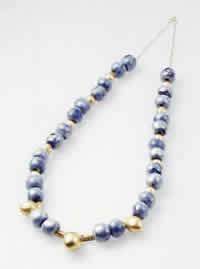 |
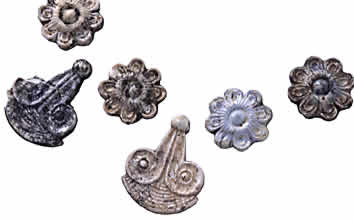 |
| Glass: A Sacred The Highest Luxury |
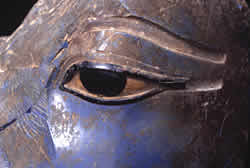 |
Since its development in the Mesopotamian region, glass was continually used as to ornament jewelry and other treasured items for a period of 2-3,000 years. In ancient Egypt, glass was the exclusive possession of the pharaohs. The Egyptian Blue “Pharaoh’s Head” was carved from a massive lump of glass. It was fashioned from the largest grade of glass and is a remnant from the New Kingdom period of Egypt. To the people of Egypt, it was the most precious item served for sacred being. |
| Glass: A Sacred The Highest Luxury Egyptian blue and faience, categorized with glass, were created to look like a blue jewel. |
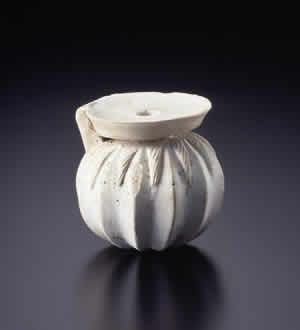 |
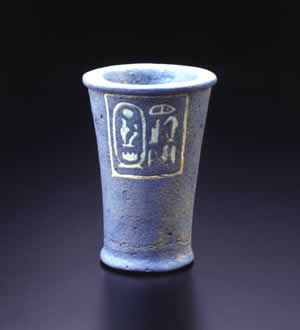 |
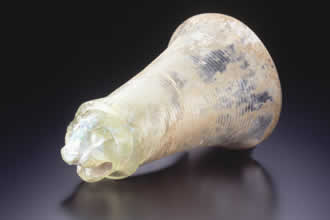 |
The Appearance of Clear Glass |
| Chinese Glass Beads |
| The glass beads were made in West, whose unique form was transmitted to China and required such specialized skill to craft them as to be the total perfection of the industrial arts. In China, even one of these beads was thought to be a special object that was imbued with a blessed power. | 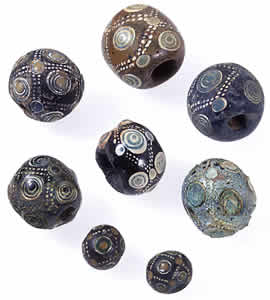 |